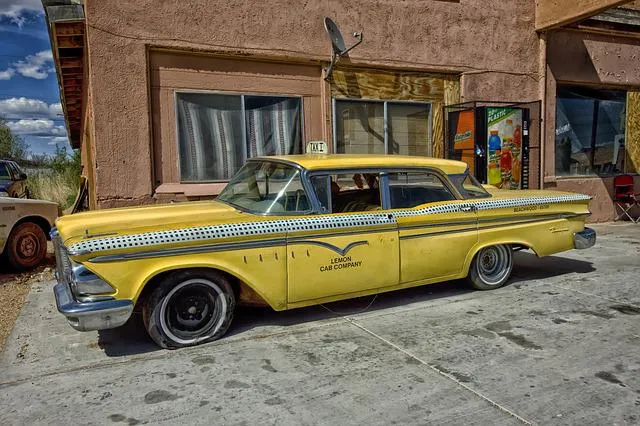Only three P.hese, the Soviet Union (now Russia), the United States and China have so far been able to autonomously launch astronauts into space. But that could change if the leader of ESA, the European Space Agency, and its astronauts manage to make their way as Europe seeks to seize new opportunities and not fall further behind.
ESA Director General Josef Aschbacher said during a speech at the European Space Summit in Toulouse, France on February 16: “Why should Europe be excluded from the group of countries that master human spaceflight? Will we run the risk that Europe will be overtaken by more and more countries in the development of the next strategic and economic zones, the outer space? “
Aschbacher noted that the United States and China have identified clear political and technological space targets and are moving forward with their plans. Europe could do the same. In her vision, Europeans could walk on the moon by 2035, with a possible journey to Mars in sight.
As a first step, Aschbacher is now establishing a high-level advisory group on human space exploration as part of a broader “European Ambition for Space”, following a speech by French President Emmanuel Macron on February 16 calling for a study of the possibilities for a European human space flight program.
ESA has published a “Manifesto of European Astronauts”, which warns not to “repeat the mistakes of the past in other strategic domains, which have left us dependent on external actors for our energy needs or the development of information technology” . The manifesto notes that Europe is still among the world leaders in areas such as Earth observation, navigation and space science, but is “lagging behind in the increasingly strategic domains of space transport and exploration.”
The first steps towards acquiring independent human spaceflight capabilities will be political and then technical, according to Frank De Winne, head of ESA’s European Astronaut Center. De Winne, at the International Symposium on Perspectives and Cooperation on Human Spaceflight in Near Earth Orbit on February 17, said, referring to the support of the 22 ESA member states, that he hopes “to have this response by the end of the ‘ year”.
ESA will hold its ministerial meeting, which is held every three years at the end of this year, where member states will make decisions on the programs to be adopted and their level of funding. If political support is obtained, the agency can move on to work out the details.
Europe’s current launch capabilities are led by Arianespace, which produces Ariane rockets. However, a number of startups are now developing small rockets and may be making their first orbital launch attempts as early as the end of this year. In November, ESA astronaut Matthias Maurer reached the ISS aboard a Dragon capsule belonging to the American company SpaceX.
Europe has already dabbled in human space flight. In the early 1980s, for example, the French space agency CNES began studies on the Hermes space plane, which would be launched using the Ariane 5 rocket. The project was abandoned in 1992, however, following numerous delays and problems. of cost and performance, without a single spacecraft being built.
Research on important aspects of European manned flight is already underway. A study presented at the 2021 Global Space Exploration Conference in St. Petersburg, Russia examined how to make the Guiana Space Center, the European spaceport in French Guiana, suitable for human spaceflight.
Meanwhile, the ESA astronauts are waiting. “All we need is the support of decision makers: to give ESA the mandate to develop an ambitious roadmap for the future of Europe in space exploration,” states their manifesto.


